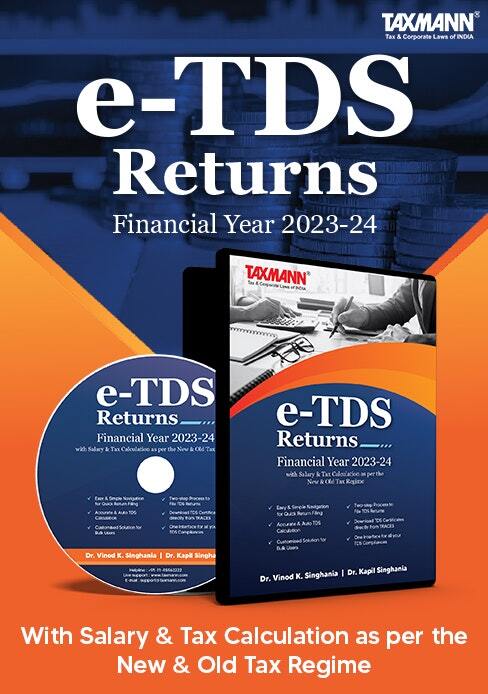Simultaneous Winding-up Petitions Can’t Proceed in 2 Forums Transfer to NCLT is Justified as IBC, Aims to Encourage Company Revival | HC
- Blog|News|Insolvency and Bankruptcy Code|
- 2 Min Read
- By Taxmann
- |
- Last Updated on 1 December, 2023

Case Details: Uma Sharma v. Octagon Builders & Promoters - [2023] 156 taxmann.com 438 (Delhi)
Judiciary and Counsel Details
-
- Prathiba M. Singh, J.
- Jai Bansal, Adv. for the Petitioner.
- Ms Ruchi Sindhwani, Sr. Standing Counsel, Ms Megha Bharara, Rajat Bhatia, Ms Alka Nupur Singh, Karan Ahuja & Ms Ekta Mudgil, Advs. for the Respondent.
Facts of the Case
In the instant case, a petition was filed under section 433 of the Companies Act, 1956 by the petitioner/creditor against the company ‘O’ seeking its winding up. The said petition was admitted. Consequently, an Official Liquidator (OL) was appointed and, a liberty was given to the petitioner to file its claim before OL.
Meanwhile, another company filed a petition to initiate a Corporate Insolvency Resolution Process (CIRP) against the company ‘O’ before NCLT. During the pendency of a petition filed by another company, the Insolvency and Bankruptcy Code, 2016 (IBC) was enacted and pending proceedings under section 271 of the Companies Act, 2013 were to be transferred to NCLT.
Also, it was noted that in a petition filed by another company, an Interim Resolution Professional was appointed and in instant case winding up proceeding was at a nascent stage as only initial publication was done in newspapers by OL.
High Court Held
The High Court observed that since the instant matter could not be proceeded before two fora and IBC being a statute meant to encourage the revival of a company, it was deemed appropriate to transfer the instant petition to the NCLT. The High Court held that instant petition was to be transferred to NCLT and petitioner was free to pursue its claim before NCLT.
List of Cases Referred to
-
- Citicorp International Ltd. v. Shiv-Vani Oil & Gas Exploration Services Ltd. [2017] 85 taxmann.com 95 (Delhi) (para 9)
- Action Ispat & Power (P.) Ltd. v. Shyam Metalics and Energy Ltd. [2020] 122 taxmann.com 147/[2021] 164 SCL 375 (SC) (para 10)
- K. N. Rajakumar v. V. Nagarajan [2021] 130 taxmann.com 254 (SC) (para 13).
Disclaimer: The content/information published on the website is only for general information of the user and shall not be construed as legal advice. While the Taxmann has exercised reasonable efforts to ensure the veracity of information/content published, Taxmann shall be under no liability in any manner whatsoever for incorrect information, if any.

Taxmann Publications has a dedicated in-house Research & Editorial Team. This team consists of a team of Chartered Accountants, Company Secretaries, and Lawyers. This team works under the guidance and supervision of editor-in-chief Mr Rakesh Bhargava.
The Research and Editorial Team is responsible for developing reliable and accurate content for the readers. The team follows the six-sigma approach to achieve the benchmark of zero error in its publications and research platforms. The team ensures that the following publication guidelines are thoroughly followed while developing the content:
- The statutory material is obtained only from the authorized and reliable sources
- All the latest developments in the judicial and legislative fields are covered
- Prepare the analytical write-ups on current, controversial, and important issues to help the readers to understand the concept and its implications
- Every content published by Taxmann is complete, accurate and lucid
- All evidence-based statements are supported with proper reference to Section, Circular No., Notification No. or citations
- The golden rules of grammar, style and consistency are thoroughly followed
- Font and size that’s easy to read and remain consistent across all imprint and digital publications are applied





